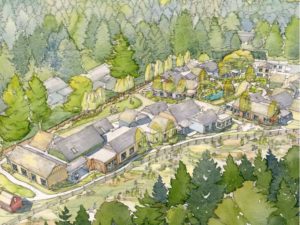
In her recent book, A Physician in the Political Arena, Dr. Merrilee Fullerton
lays out her vision of what she had hoped for in reforming the long-term care home system in Ontario. Read more:
In Chapter 3 she writes, in part:
“Residents would have a dignified environment to live in. Physical, emotional and medical needs should be met…”
…”This underlines the importance of programs such as the Butterfly Model and the Eden Alternative Model that provide a more home-like setting with greater emphasis on emotional needs.”
Dr. Fullerton clearly saw the benefit of these innovative models of care that transformed their ‘institutions to homes’. Although at a snail’s pace, the numbers of these ‘homes’, in both the public and private sector in Ontario, continue to grow each year. We need to do more.
Click here to get involved. A draft letter is there for you to edit or send to your MPP or your local media. If we don’t begin to fix the long-term care system now, the residents will be forgotten yet again until another pandemic hits.










 On December 6th, 2023, Family Councils Ontario and CARP Ottawa welcomed Alex Spanko, Director of Communications and Marketing at the Green House Project to present Green House principles and practical strategies to long-term care advocates, staff, and family councils. This presentation seeks to encourage the development of Green House homes and person-directed living practices in Canada.
On December 6th, 2023, Family Councils Ontario and CARP Ottawa welcomed Alex Spanko, Director of Communications and Marketing at the Green House Project to present Green House principles and practical strategies to long-term care advocates, staff, and family councils. This presentation seeks to encourage the development of Green House homes and person-directed living practices in Canada.